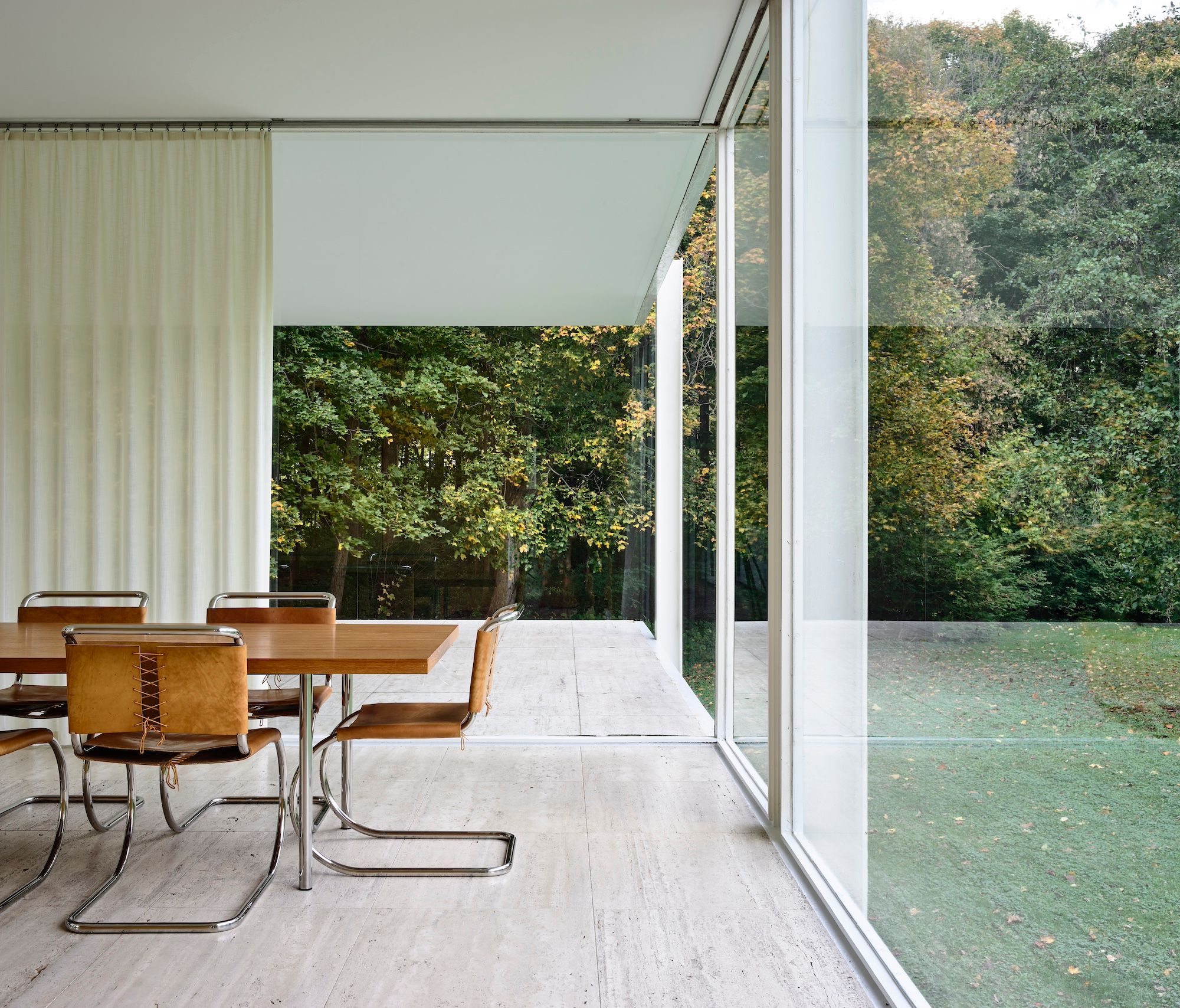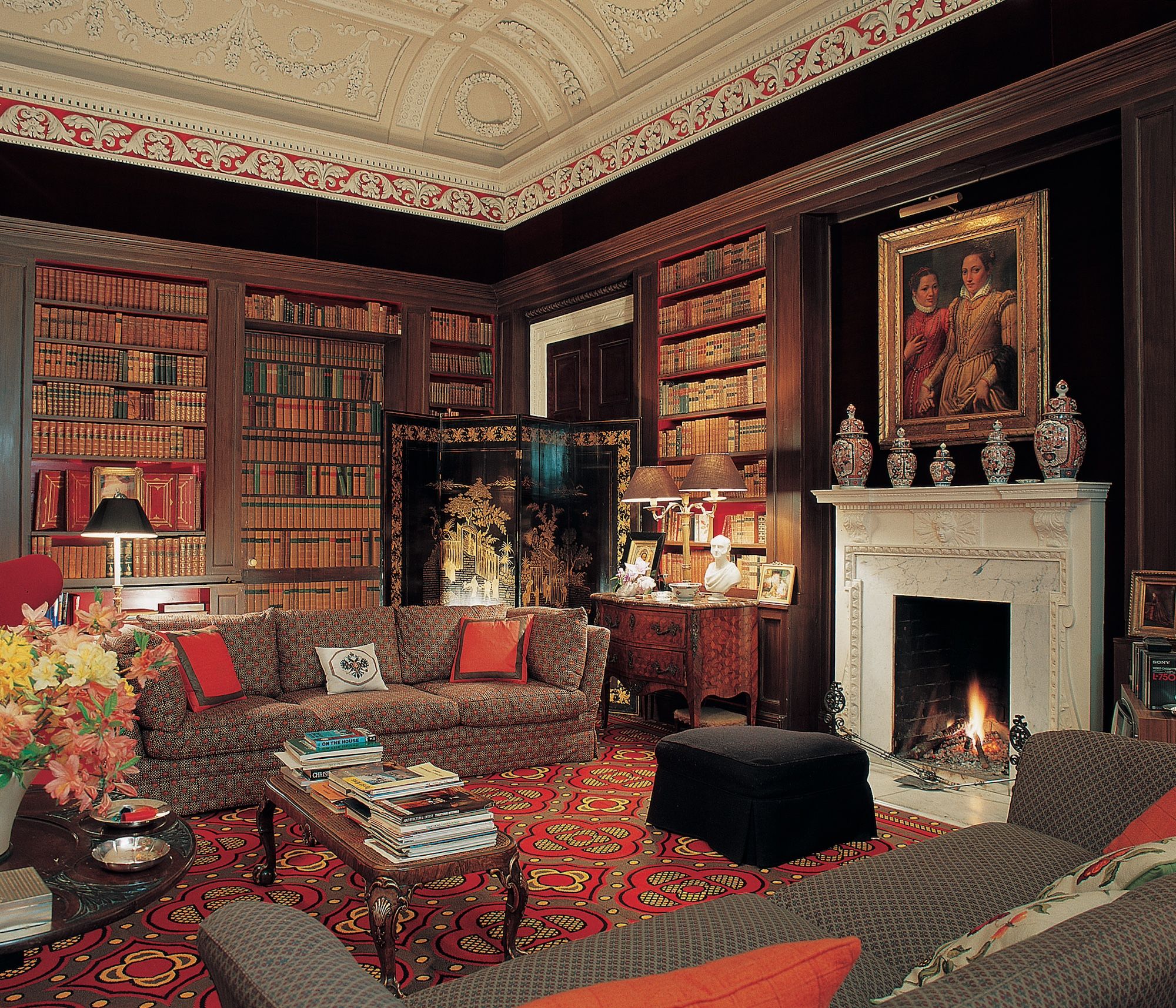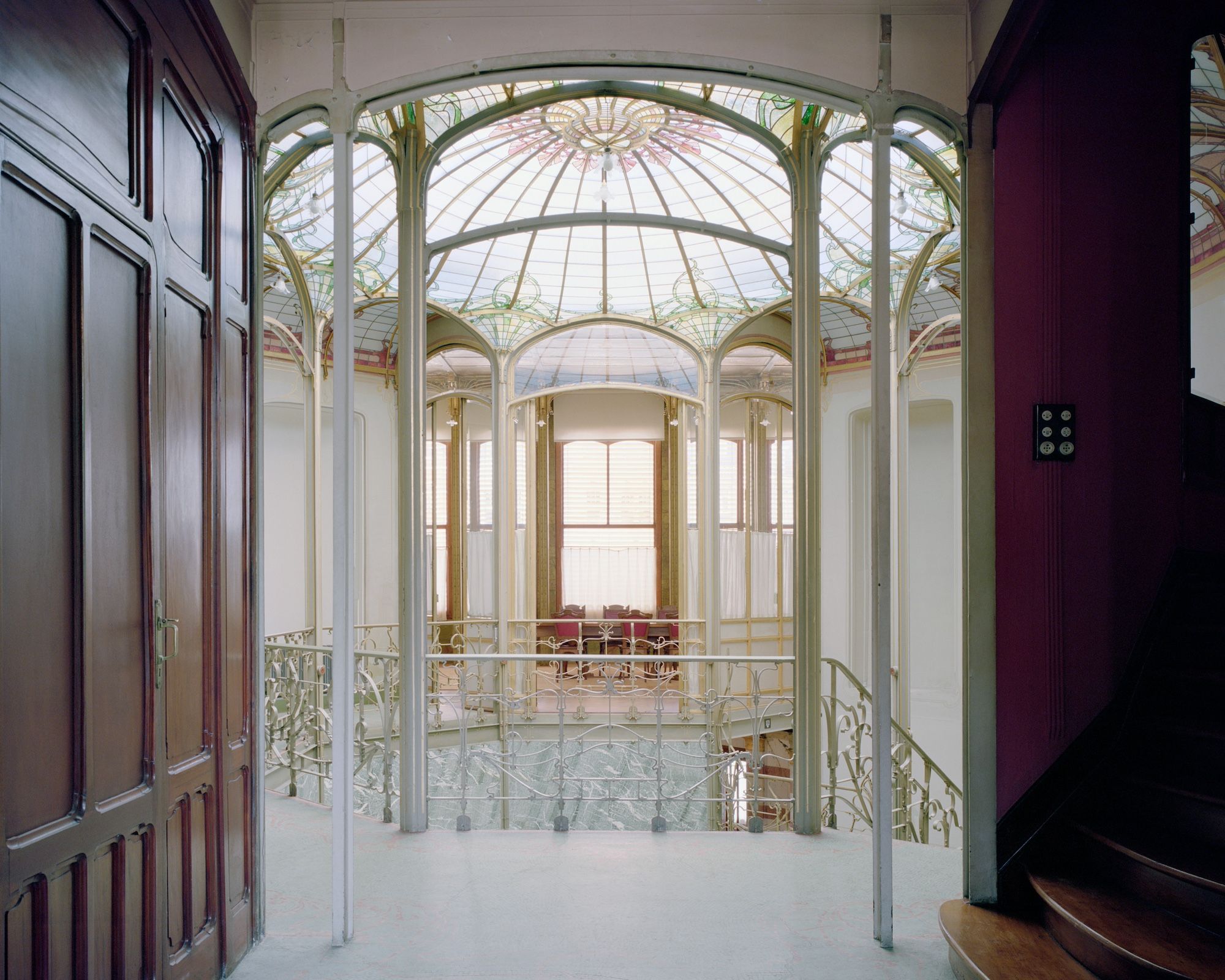DESIGN LEGENDS FEBRUARY 18 2021
by Daniella Ohad
Design doyenne Daniella Ohad shares insights into collecting design drawn from her conversations with the world’s premiere design experts
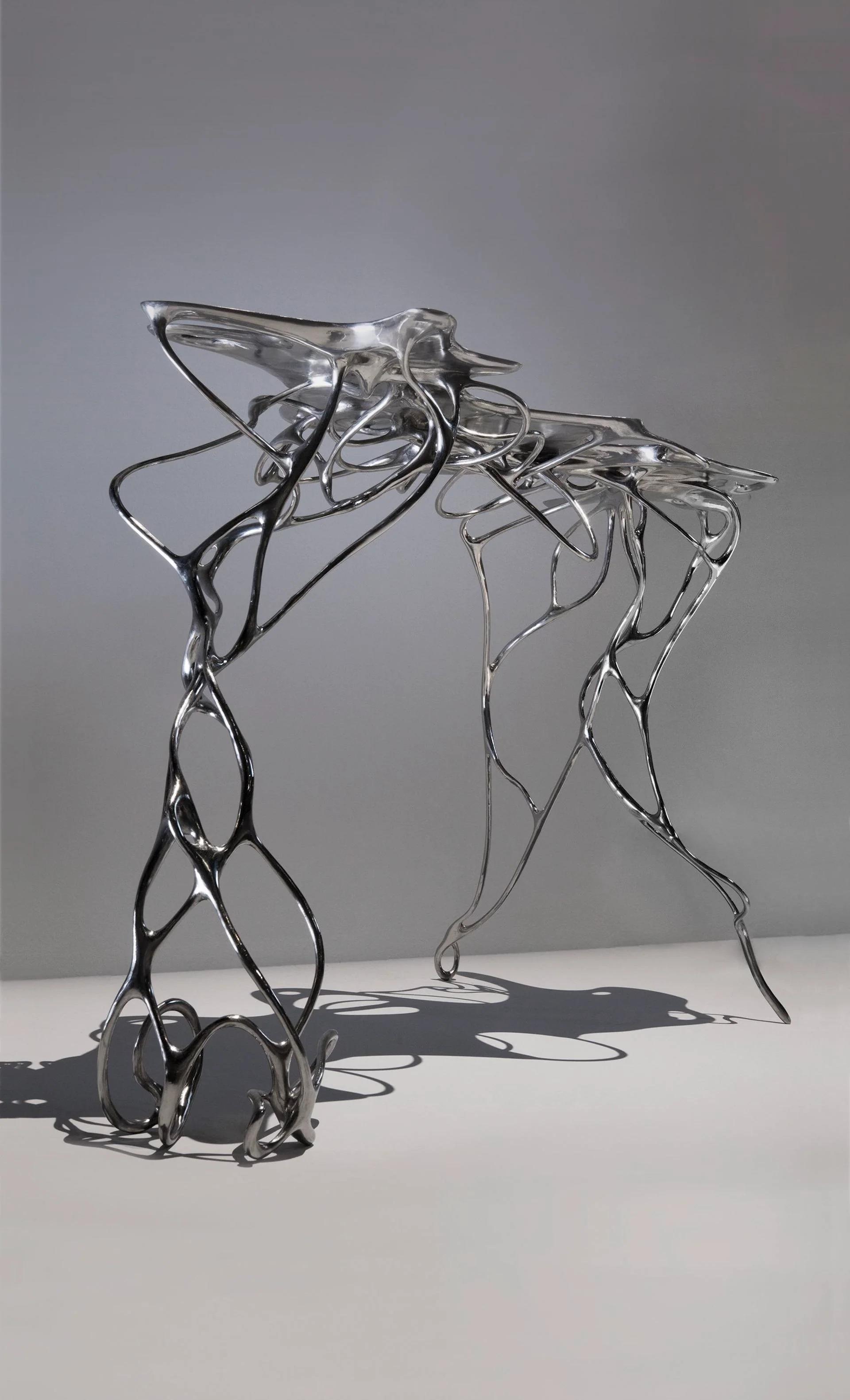
MATHIAS BENGTSSON/ GROWTH TABLE TITANIUM, 2016
Photo © Patrice Dell’Anese; Courtesy of the artist and Galerie Maria Wettergren
Currently offered as an online course through AIA New York,Collecting Design: The Legendsinvites architects, interior designers, design lovers, and art collectors to explore the fascinating world of collectible design through one-on-one conversations betweenDaniella Ohadand leading field experts. For Design Miami, Ohad recaps each weekly program, sharing rare insights into how to enjoy and “read” objects while cultivating a critical eye and elevated discernment.
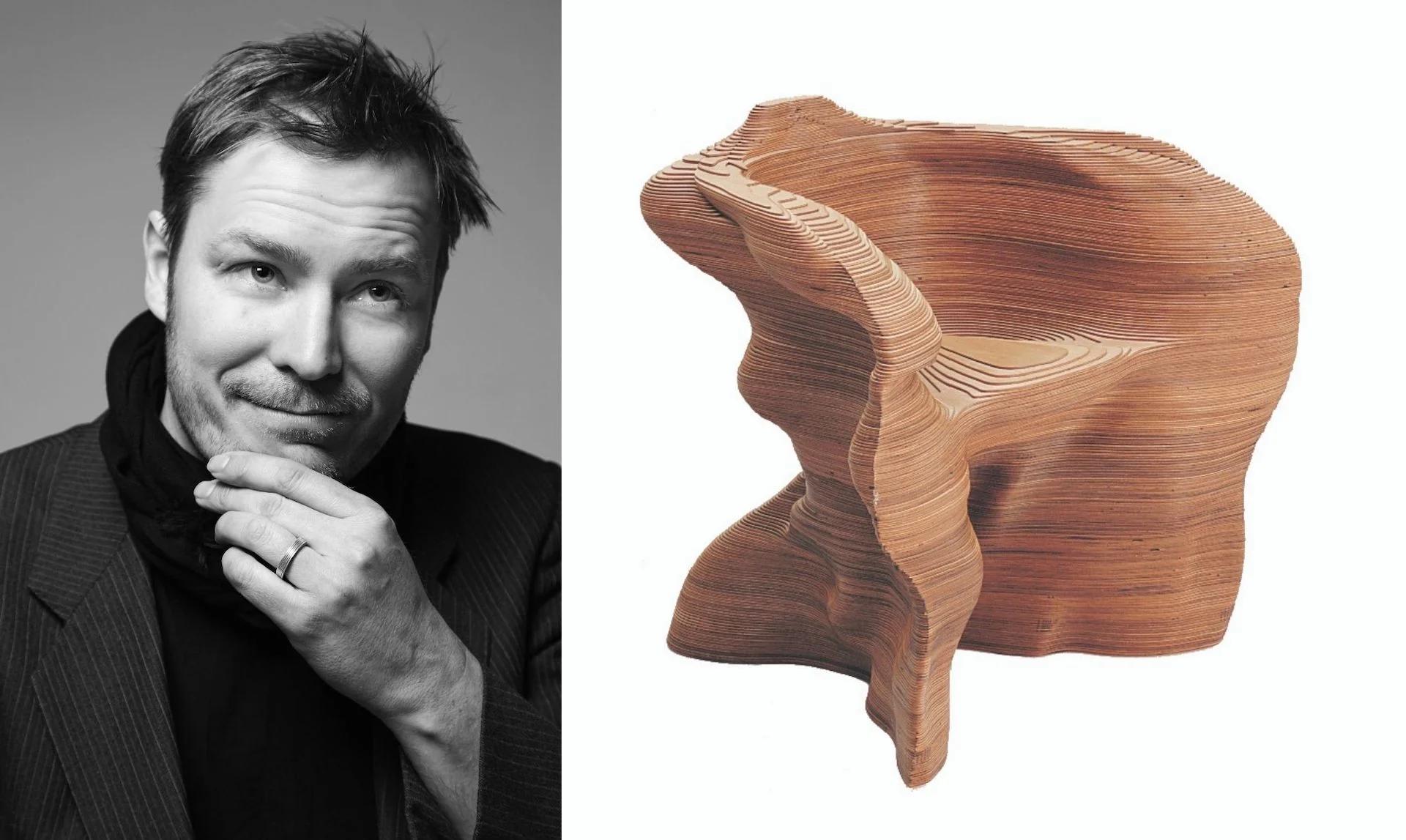
MATHIAS BENGTSSON | HIS SLICE CHAIR, DESIGNED IN 1999
Photos © Bengtsson Studio
“Mathias Bengtsson is unique in the design world, much like his extraordinary design-art pieces. Enthralled as much by nature and craft as by new digital technologies and state-of-the-art production processes, he has synthesized these interests with an all-too-rare intelligence to produce work that is boundary breaking—technically as well as aesthetically. But what really sets Bengtsson apart from slightly older designers... is that he is of that very first generation to properly grow up with computers and is, therefore, far more computer literate and digitally adept. This has enabled him to have the technical wherewithal to translate his virtual designs into stunning thought-provoking realities.” —Charlotte and Peter Fiell, internationally renowned authors on the history, theory and criticism of design
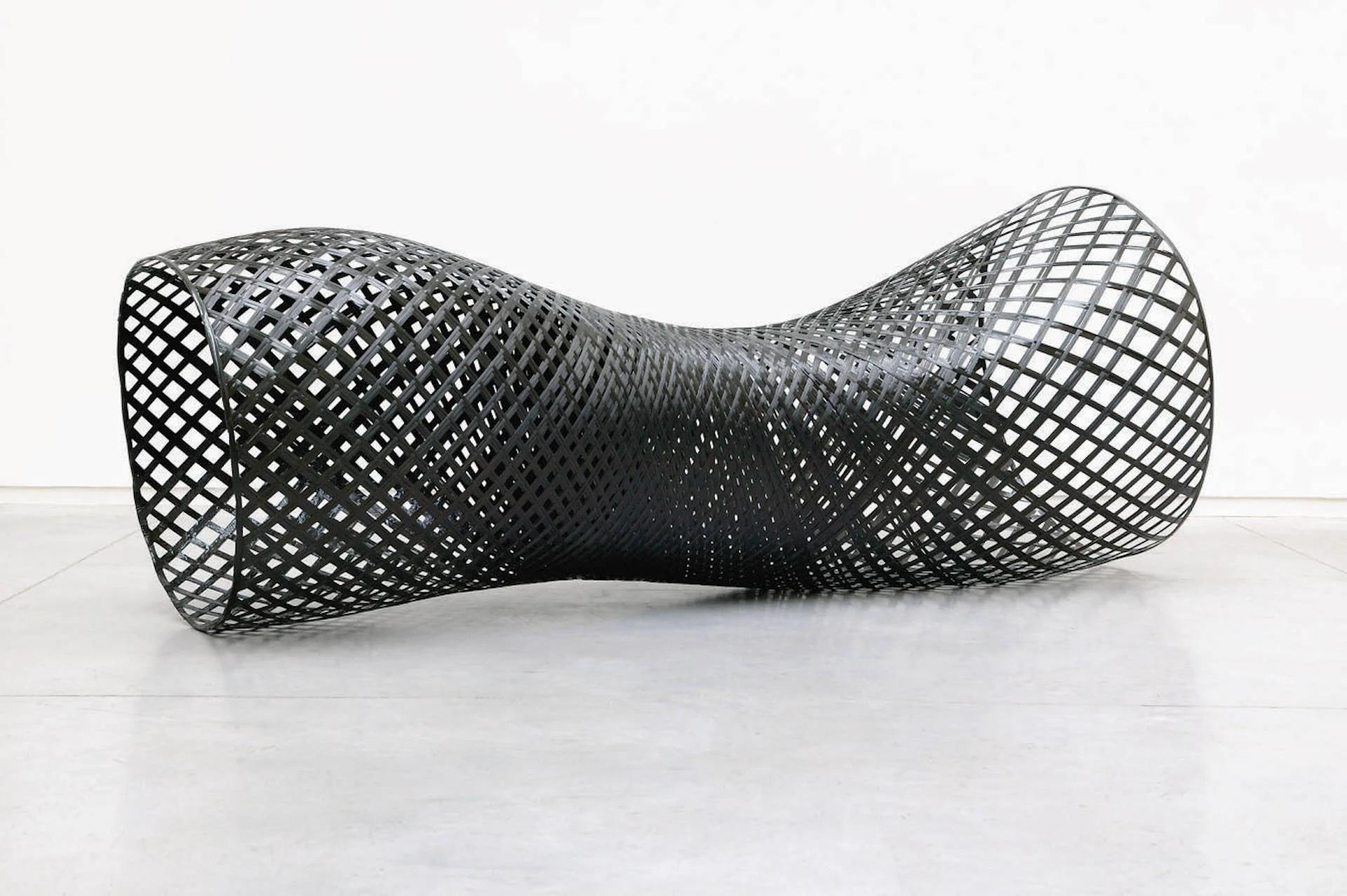
MATHIAS BENGTSSON/ SPUN CHAISE LONGUE, 2003
Photo © Phillips De Pury; Courtesy of the artist
This week, Collecting Design: The Legends welcomed guest speaker Mathias Bengtsson, a Stockholm-based designer highly sought-after for his otherworldly furniture designs. His first chair, the groundbreaking Slice Chair, was created on the eve of the new millennium and immediately secured Bengtsson’s place in design history. This son of the 21st century has spent the last two decades perfecting his art, experimenting at the intersection of technology and craft, and along the way redefining how the role of the designer is understood and appreciated.
Born in Copenhagen in 1971, Bengtsson studied furniture design at the Danish College of Design, where he was firmly implanted with the DNA of Scandinavian Modernism. He continued his studies at the Art Centre College in Switzerland, before forming a buzz-worthy design collective in his hometown. In 1996, he moved to London, began his studies at the Royal College of Art, and soon after began to forge a professional identity that embraced and reimagined the power of the digital.
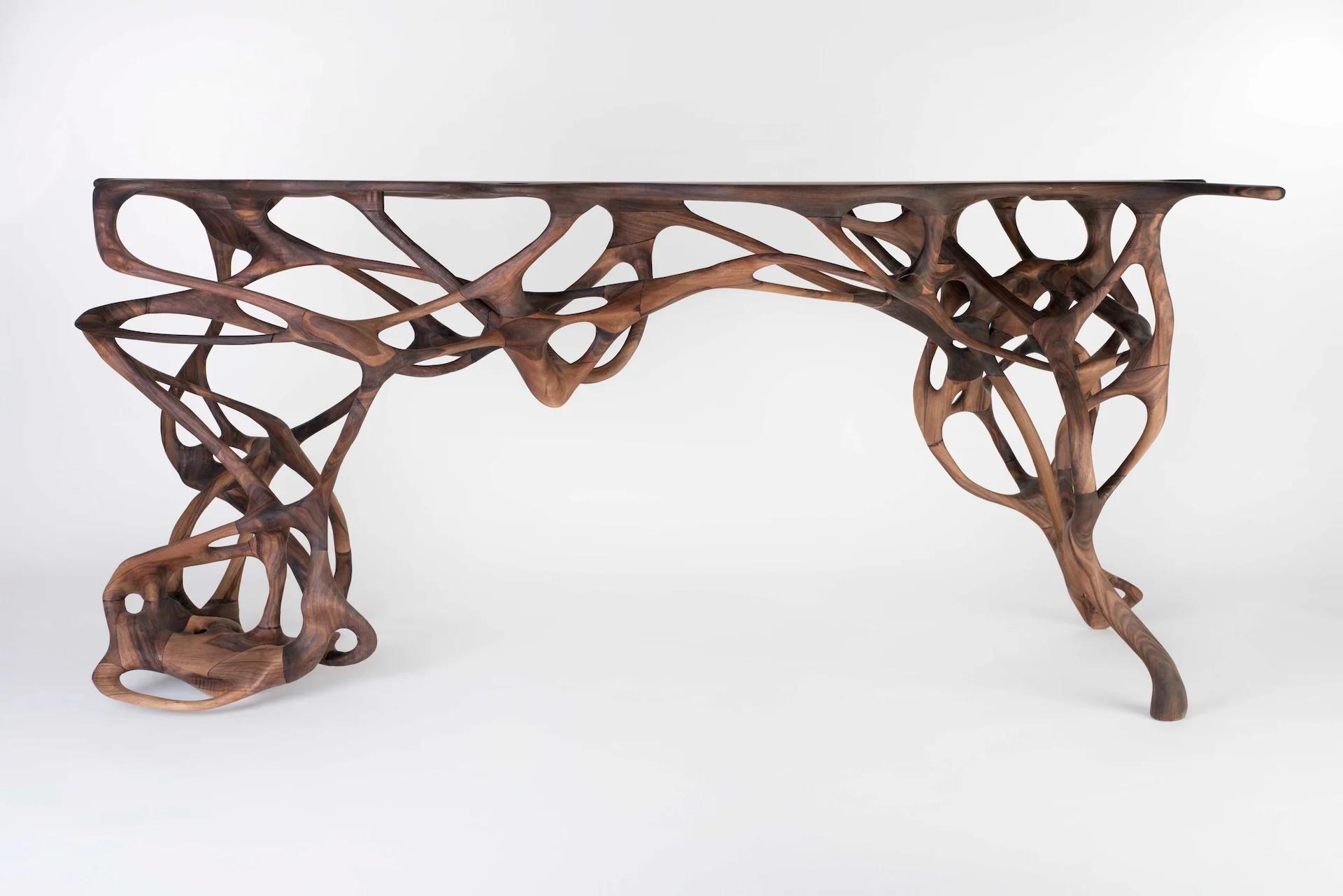
MATHIAS BENGTSSON/ WALNUT GROWTH TABLE, 2014
Photo © Martin Scott-Jupp; Courtesy of the artist
Bengtsson’s hero is the legendary Verner Panton (1926–1998), who likewise hails from Copenhagen, was steeped in Scandinavian Modernism, and went on to Switzerland to cultivate a singular career in vanguard design. Back in the 1960s and ’70s, Panton found inspiration in the cutting edge cultural and technological developments of his day: Pop Art and plastics. In fact, it was Panton himself who advised Bengtsson in the 1990s to go to London, the cradle of pioneering furniture design at the dawn of the new millennium.
Panton died only a year before Bengtsson graduated from the RCA with a final project that was an homage to the iconic Panton Chair. This thesis project became the prototype for Bengtsson’s first international success, the Slice Chair, composed of digitally sliced, paper-thin plywood stacked and glued into a gorgeously curvy monolithic form. The design realigned the relationship between the digital and the artisanal thereafter.
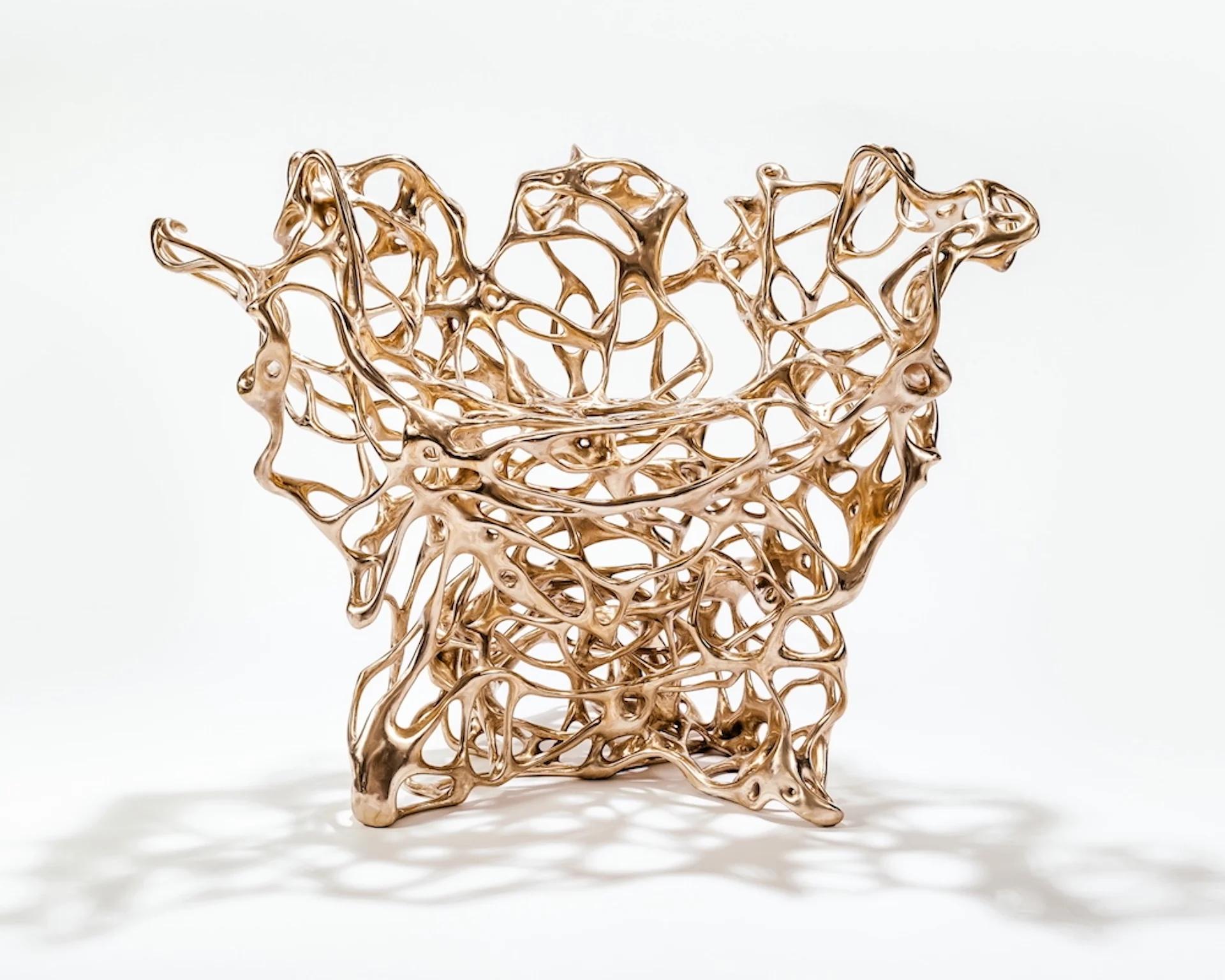
MATHIAS BENGTSSON/ BRONZE GROWTH CHAIR, 2012
Photo © Maurizio Camagna; Courtesy of the artist
Bengtsson is one of only a handful of designers who have exploited the digital revolution to produce objects of desire that take your breath away. He uniquely merges striking beauty with advanced technology; hands-on craftsmanship with digital fabrication; past with future. His approach to digital processes is an art form in its own right, always subtle, never overwhelming. His designs can be seen as historical artifacts of the 21st century that will be remembered forever—like Eileen Gray’s lacquer room dividers; like André-Charles Boulle’s bureaus for Louis XIV at Versailles; like Mies van der Rohe’s chair for the German Pavilion at the 1929 Barcelona Exposition. Through his work, Bengtsson has confirmed that the job of the furniture designer has become much more complex over time and that the best furniture is about complex ideas, performance, and possibilities enabled by state-of-the-art advancements.
In the talk this week, Bengtsson revealed his extraordinarily rich inner world: his passion for technology; the pleasure he takes in research; his quest for the finest, most meticulous fabrication methods; his pursuit of perfection; his eternal devotion to precision. He loves to experiment with materials—paper, titanium, wood, bronze, carbon fiber, aluminum, marble— each requiring its own analysis and behaving according to its own set of rules.

MATHIAS BENGTSSON/ GROWTH CHAISE LONGUE, 2016
Photo © Marc Domage; Courtesy of the artist & Galerie Maria Wettergren
Bengtsson’s Growth series was commissioned by the Centre Pompidou for its permanent collection and was exhibited in the landmark Printing the World exhibition of 2017. The series began in 2012, the result of software developed by Bengtsson’s team to simulate organic growth in nature, wherein algorithms respond to external conditions such as temperature to interpret the natural evolution of one-of-a-kind forms using digital seeds defined by the designer as the starting point. The series now includes sui generis chairs, chaises, tables, and jewelry produced in a variety of materials.
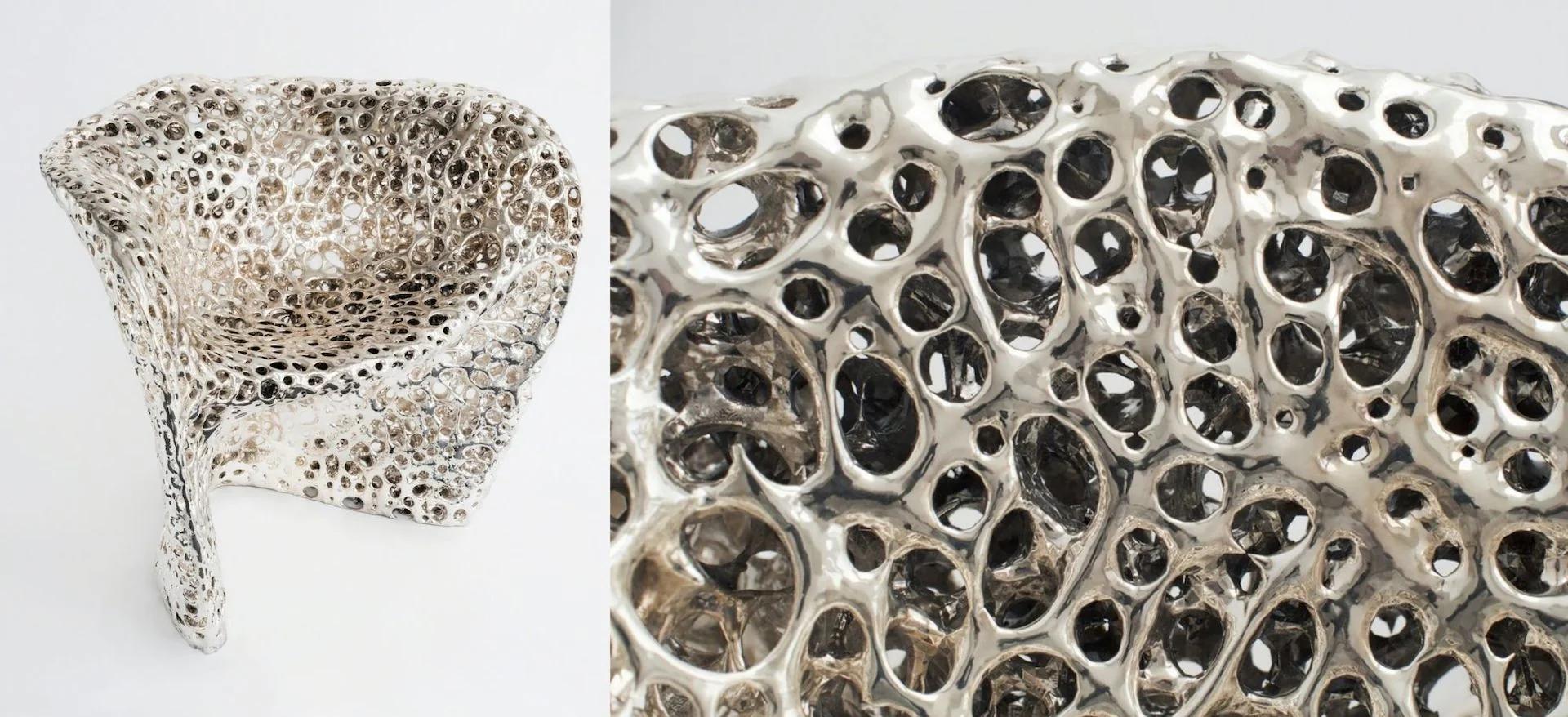
MATHIAS BENGTSSON/ SILVER CELLULAR CHAIR, 2011
Photos © Martin Scott-Jupp; Courtesy of the artist
Nothing is orthodox in the world that Bengttson creates in his studio. His most recent project, the Membrane Marble Table, just completed last week, represents novel experimental approaches to marble. Miqui Guille, founder of MadFABER, the table’s fabricator in Spain, told me, “Mathias is probably the best case of an artist that successfully manages to bring together digital technology like 3D robot milling, laser cutting, and 3D printing with the most creative and detailed craftsmanship on classical and noble materials such as bronze, wood, and marble.”
When I asked Bengtsson what he thought Panton would say if could see his triumph at the forefront of the design world, he said, “I believe he would have been pleased; after all, it was Panton who suggested I leave my Scandinavian roots and explore new horizons.”◆
The public is invited to enroll in Collecting Design: The Legends (Spring 2021) here. Sponsored by AIA New York, these weekly virtual classes run through April 20, 2021.
